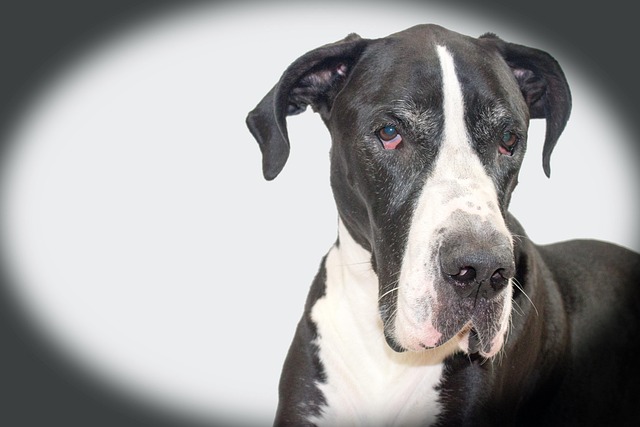If you’ve ever tried to teach your dog a new command in a distracting environment using their regular kibble, you’ve likely been met with a sniff of disinterest and a wandering gaze. This common frustration leads many new owners to a pivotal question: are those stinky, special "high-value treats" really worth the extra cost and effort? The resounding answer from professional trainers is yes, and it’s not about spoiling your dog—it’s about smart, effective communication based on canine psychology.
The simple principle is this: the value of the reward must match the difficulty of the task. Your dog’s everyday kibble might be perfect for practicing "sit" in your quiet living room. But when the challenge increases—like nailing a reliable "come" when squirrels are present, or staying calm as another dog passes on a narrow trail—you need a bigger motivational tool. High-value treats (think: small pieces of real meat, cheese, or freeze-dried liver) are like a paycheck for a hard job. They cut through environmental distractions and tell your dog, "This specific behavior is absolutely worth my while!" This entire strategy is the bedrock of modern positive reinforcement training, which focuses on rewarding desired behaviors rather than punishing mistakes, building a dog's confidence and strengthening your bond.
Using these powerful tools effectively requires a little strategy. The goal is to keep your dog motivated without overfeeding. First, keep the pieces tiny—no larger than a pea. This allows for many rewards during a session without adding too many calories. Second, adjust their regular meals accordingly; if you have a big training session planned, use some of their daily kibble allotment as low-value rewards and subtract that amount from their dinner bowl. This helps you maintain a healthy weight for your dog while still making progress on crucial training goals. Always have a mix of low, medium, and high-value rewards in your pouch, so you’re prepared for any situation.

This thoughtful approach to training is a key component of being a responsible dog owner, which extends into your legal and community duties. For instance, using high-value treats to build a bomb-proof recall isn’t just convenient; it’s a critical safety measure that helps you comply with leash laws in public spaces. If your dog is ever accidentally off-leash, a reliable recall ensures you can keep them safe and avoid fines. Furthermore, a well-trained dog is a better neighbor. Using these treats to reward calm behavior instead of barking at passersby or to reinforce polite leash manners makes apartment living and community walks more enjoyable for everyone. And of course, always carry an extra poop bag—being a great trainer doesn’t exempt you from the universal responsibility of cleaning up after your pet, a rule enforced by ordinances in most U.S. cities.
Ultimately, high-value treats are an investment. They’re not for every single command forever, but rather for teaching critical life skills, proofing behaviors amidst distractions, and building a powerful connection with your dog. By using them strategically, you’re not just bribing your dog; you’re having a clear conversation in a language they understand perfectly. You’re showing them that listening to you, even when it’s hard, leads to the very best outcomes.






